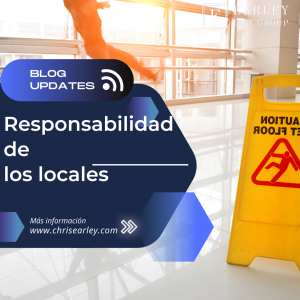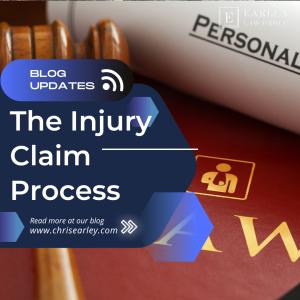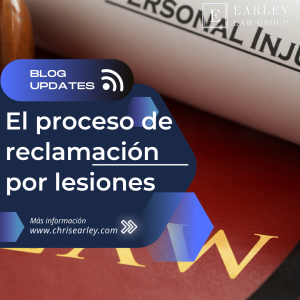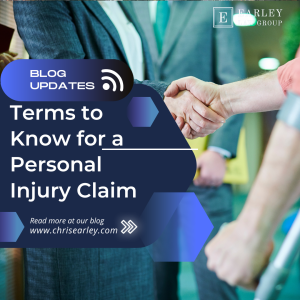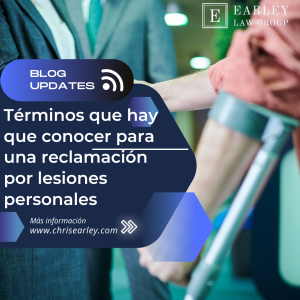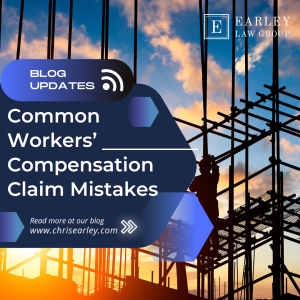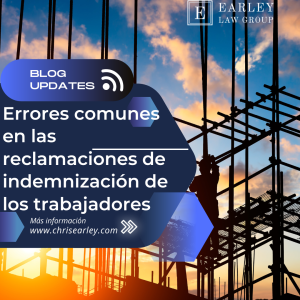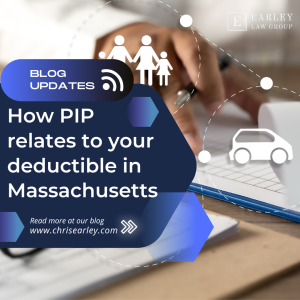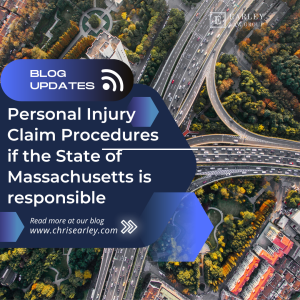
You may submit a claim if you think that DCR may be responsible for your personal injury or property damage. Depending on the nature of the claim, one of two distinct state statutory claim procedures may apply to it. Your claim would only be subject to one of the state claim procedures, not both, and there are various claim filing criteria for each procedure (including differing state agency offices at which the claim must be filed). It is vital to know which state law your claim may be subject to since a claim that is submitted under the incorrect statute and is thus filed in the incorrect state office may be denied on that basis. If you want to safeguard your rights and need help making a claim, you might want to think about speaking with an attorney. Sections 36 of Chapter 92 (within the Urban Parks District*) or section 18 of Chapter 81 (outside the Urban Parks District) and, in all cases, sections 15, 18 and 19 of Chapter 84 of the General Laws govern claims for injuries resulting from an injury sustained while traveling on a DCR parkway or boulevard, or so-called “Roadway Defect Claims.” Chapter 258 of the General Laws, sometimes known as the state Tort Claims Act, sets down the conditions and restrictions that apply to all other claims for bodily harm or property damage.
You can make a claim directly with the Department of Conservation and Recreation (DCR) if you feel that a flaw in a parkway, boulevard, or roadway that is under the care, control, or maintenance of DCR is solely to blame for your bodily injury while you were driving on it. Please take note that the exclusive and exclusive remedy for allegations of roadway defects is provided under the statutes listed below. The term “parkway” is used generically to refer to any area that is suitably adapted for pedestrian use inside the boundaries of a trafficked part of a boulevard, even if that area does not include a roadway, sidewalk, islands, or strips of land.
Similar to how a flaw is defined generically, a defect is any actual or hypothetical flaw or condition (visible or concealed) in the road or sidewalk that, in general, could make the region uncomfortable or unsafe for regular passage, whether by foot or car. Potholes or damaged pavement, broken or non-functioning street lights or traffic signals, elevated or lowered manhole covers, broken or missing signs, protruding sign posts, or overhanging tree limbs are common examples of claims that are covered by this procedure.
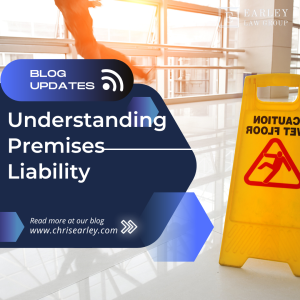
 Massachusetts Personal Injury and Workers' Compensation Law Blog
Massachusetts Personal Injury and Workers' Compensation Law Blog


